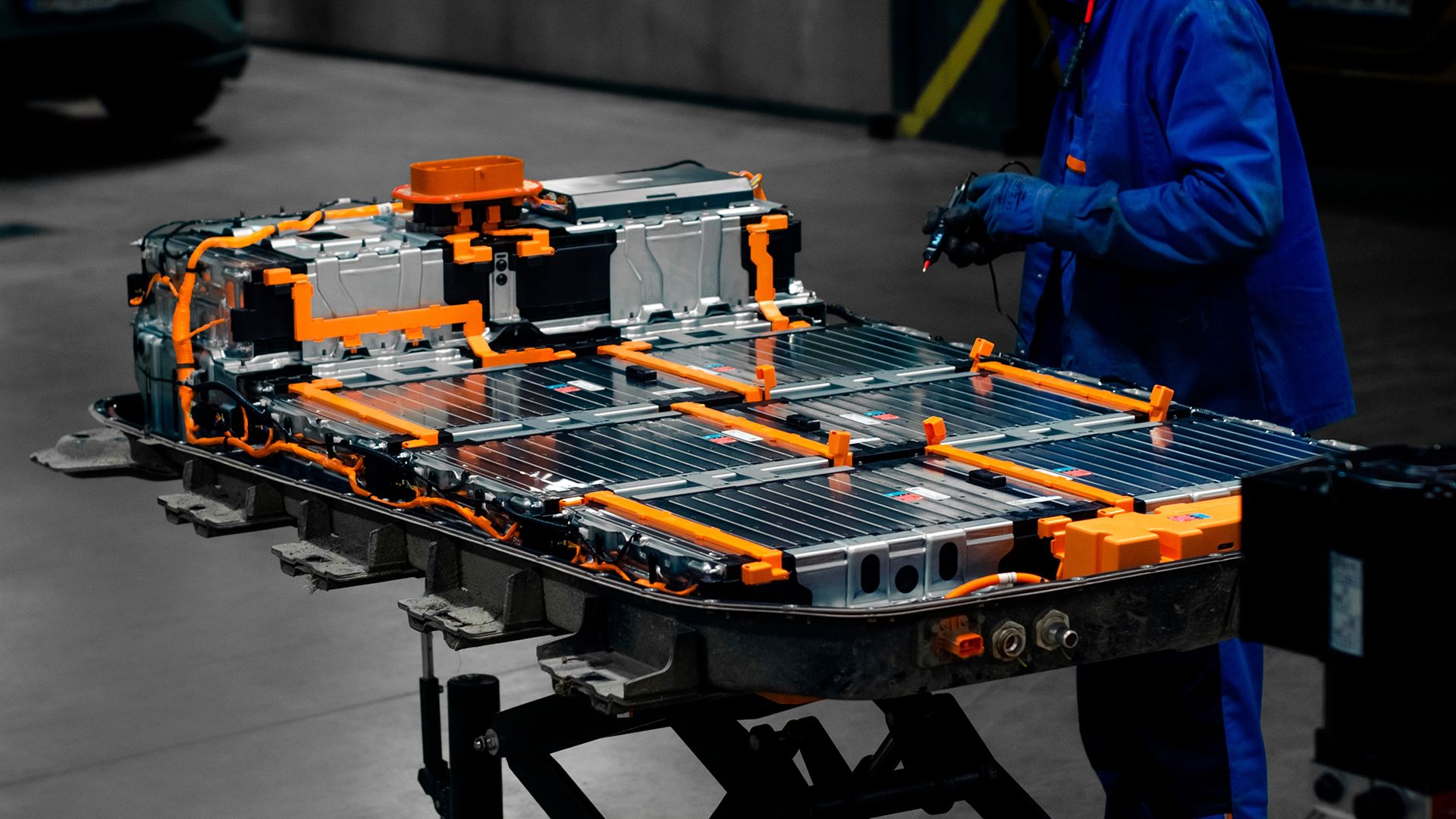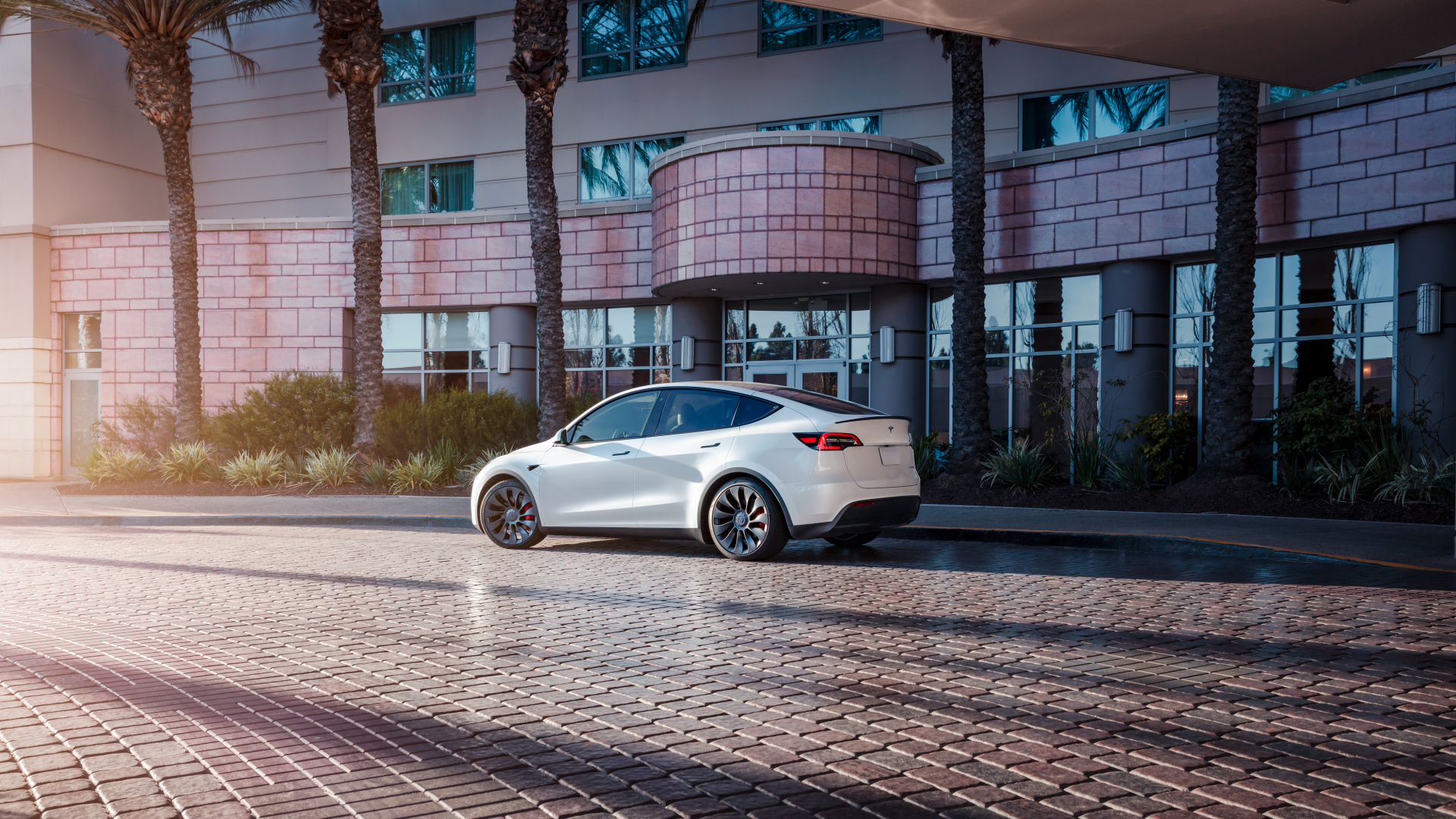
In the realm of automobiles, depreciation refers to the decrease in a vehicle’s value over time. This depreciation occurs due to a combination of factors, including wear and tear, technological advancements, and changes in market demand.
Depreciation is a significant consideration as it can substantially impact the resale value of your vehicle. Tesla, the automaker synonymous with electric vehicles (EVs), has captured the attention of the automotive world with its sleek designs, cutting-edge technology, and impressive performance.
However, despite the undeniable appeal of Tesla models, they often face higher depreciation rates compared to their counterparts. To shed light on the general depreciation landscape, a study by iSeeCars delved into a comprehensive analysis of depreciation data encompassing over 1.1 million vehicles sold within the United States between November 2022 and October 2023, and here are the findings.
In order to give you the most up-to-date and accurate information possible, the data used to compile this article was sourced from iSeeCars’ website and authoritative sources like Business Insider.
The Depreciation Rate Of Teslas Is Quite High
The iSeeCars study unveils insightful trends into the depreciation rates of Tesla’s Model S, Model X, and Model 3. Among these, the Tesla Model S emerges as one of the luxury vehicles experiencing the most significant five-year depreciation, with its market value plummeting by a substantial 55.5-percent.
The Model S ranked 19th in the “Top 25 Vehicles With the Highest 5-Year Depreciation” category and fifth (the lowest ranking position) in the “Ranking of EVs by 5-Year Depreciation” category. This depreciation figure raises concerns for potential buyers considering a resale or trade-in after five years, highlighting the importance of comprehending the long-term financial implications of owning a Model S.
Ranking Of EVs By 5-Year Depreciation
|
Rank |
Model |
Average 5-year Depreciation |
|
1 |
Tesla Model 3 |
42.9-percent |
|
2 |
Tesla Model X |
49.9-percent |
|
3 |
Nissan LEAF |
50.8-percent |
|
4 |
Chevrolet Bolt EV |
51.1-percent |
|
5 |
Tesla Model S |
55.5-percent |
|
EV Average |
49.1-percent |
(Data sourced from iSeeCars)
Tesla’s Luxury SUV Also Depreciates
Tesla’s Model X luxury SUV depreciates by 49.9-percent over the same period, ranking third among the top five EVs in terms of five-year depreciation. While not as severe as the Model S’s depreciation, this percentage still places the Model X among electric vehicles (EVs) facing significant value loss over the first five years of ownership.
The Budget-Friendly Tesla Has The Lowest Depreciation Rate
In contrast, the more affordable Tesla Model 3 experiences a 42.9-percent depreciation after five years. While this is relatively better than its higher-end counterparts, it’s worth noting that the Model 3’s depreciation remains higher than the average for all vehicle types. The 5-year depreciation rate of the Model 3, though lower compared to the Model S and Model X, prompts potential buyers to weigh the long-term value retention of this entry-level Tesla.
Tesla Is Not Alone, EVs Have The Worst Depreciation Rate
Electric vehicles (EVs) have the worst depreciation across major vehicle types, losing an average of 49.1 percent of their value after five years. This is more than 10 percentage points worse than the average depreciation for all vehicles, which is 38.8 percent.
5-Year Depreciation For Notable Segments
|
2023 |
2019 |
Improvement Since 2019 |
|
|
Overall |
38.8-percent |
49.6-percent |
10.8-percent |
|
Hybrids |
37.4-percent |
56.7-percent |
19.3-percent |
|
EVs |
49.1-percent |
67.1-percent |
18.0-percent |
|
SUVs |
41.2-percent |
51.6-percent |
10.4-percent |
|
Trucks |
34.8-percent |
42.7-percent |
7.9-percent |
(Data sourced from iSeeCars)
Battery Concerns And The Impact Of Incentives Contribute To EV Depreciation
Electric vehicles (EVs) have taken the automotive world by storm, revolutionizing transportation with their promise of zero tailpipe emissions and enhanced performance. One of the primary reasons for higher EV depreciation lies in the relative novelty of the technology.
EVs are still undergoing significant advancements, with new battery chemistries, charging infrastructure, and vehicle designs emerging rapidly. This constant evolution can lead to a perception of obsolescence among potential buyers, who may be hesitant to purchase an EV that could be outdated in just a few years.
Battery Degradation And Replacement Concerns
The heart of any EV is its battery, and battery degradation is a major factor influencing depreciation. While EV batteries have improved significantly in recent years, they still experience gradual capacity loss over time, affecting the vehicle’s range and overall performance. The potential for costly battery replacements can further deter buyers, contributing to higher depreciation rates.
Impact Of Incentives On Initial Pricing
Governments around the world have implemented various incentives to promote EV adoption, often in the form of tax credits or rebates. These incentives can significantly lower the upfront cost of purchasing an EV, but they also tend to artificially inflate the initial vehicle price. As a result, when these incentives expire or are reduced, the market value of EVs may not hold up as well as that of gasoline-powered vehicles.
The Implications If You Are Buying Or Selling An EV
The rapid depreciation of electric vehicles (EVs) carries multifaceted implications for both buyers and sellers in the automotive market. Before you buy an EV, it’s important to consider how much its value might drop over time. Take note of how much you’ll get when you sell the car. So, before you sign on the dotted line, make sure you factor in expected depreciation costs.
You might also want to consider buying a used EV. Used EVs typically have lower depreciation rates than new ones, so you could save some money. But be sure to inspect any used EV carefully before you buy it to make sure it’s in good working order.
Depreciation Will Make It Harder For You To Sell Your EV
If you’re selling a used EV, you might find it harder to get a good price than you would for a used gas-powered car. This is because EVs depreciate more quickly, and there’s not as much demand for them. But don’t despair! You may be able to get a better price if you sell your EV to a private buyer instead of a dealership. Private buyers are often willing to pay more for used EVs than dealerships.


